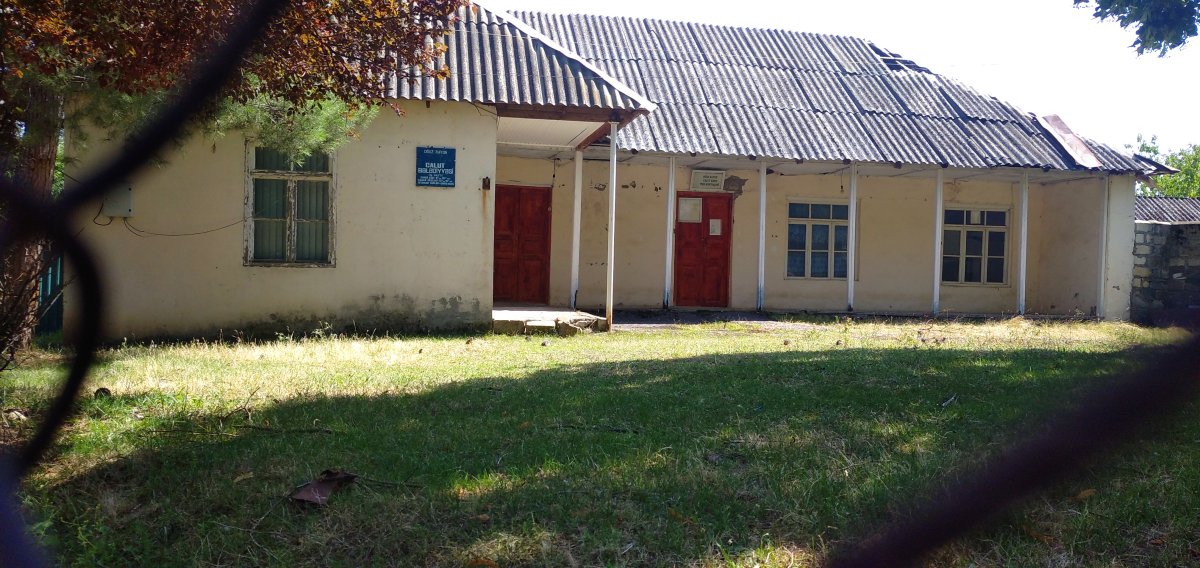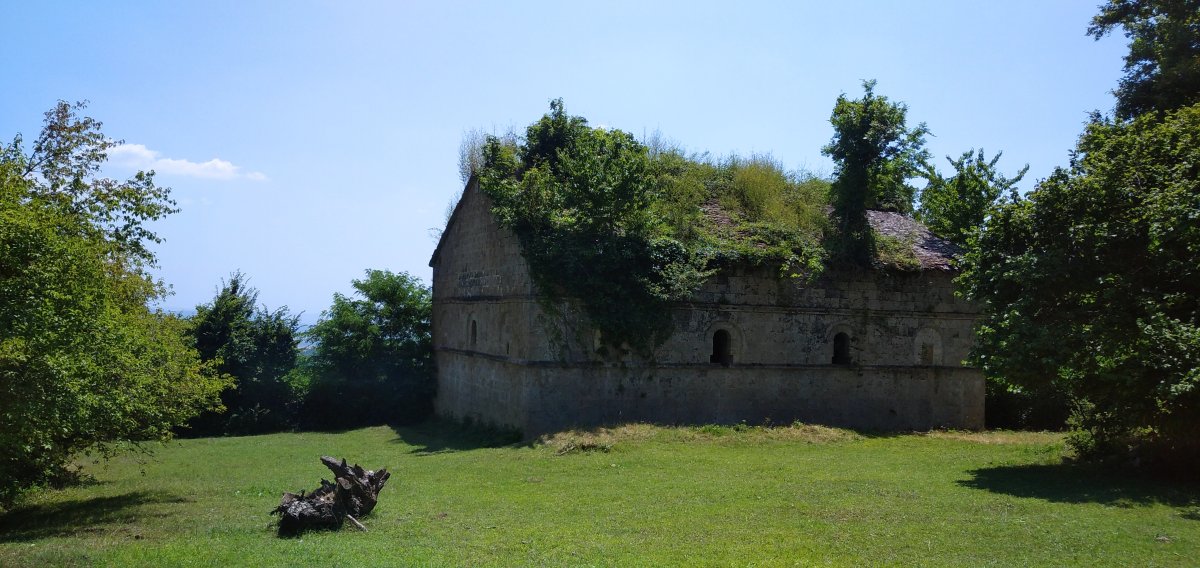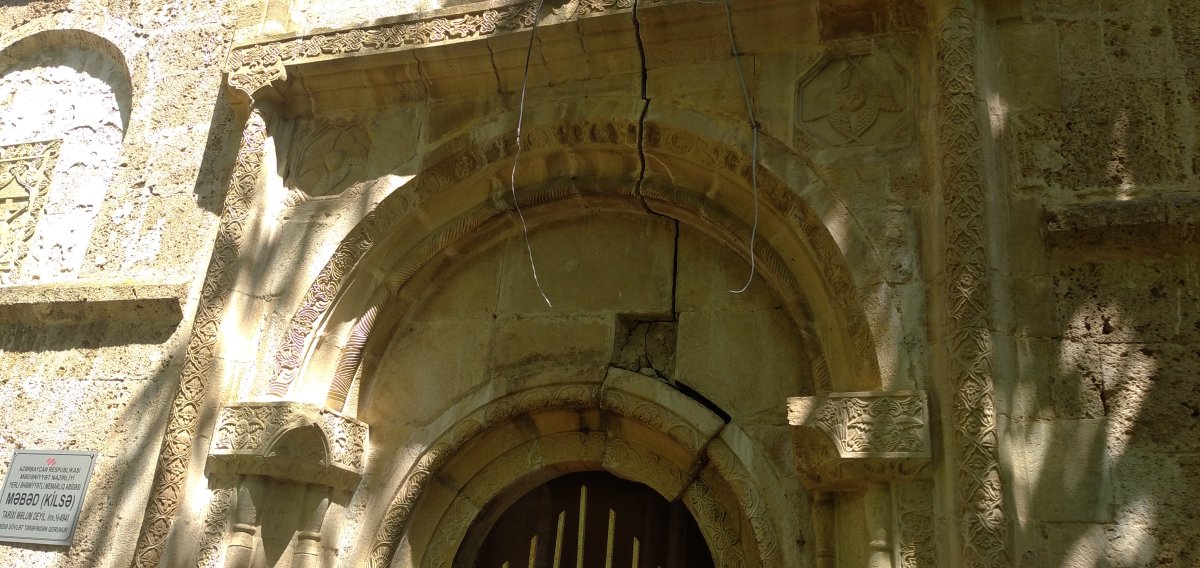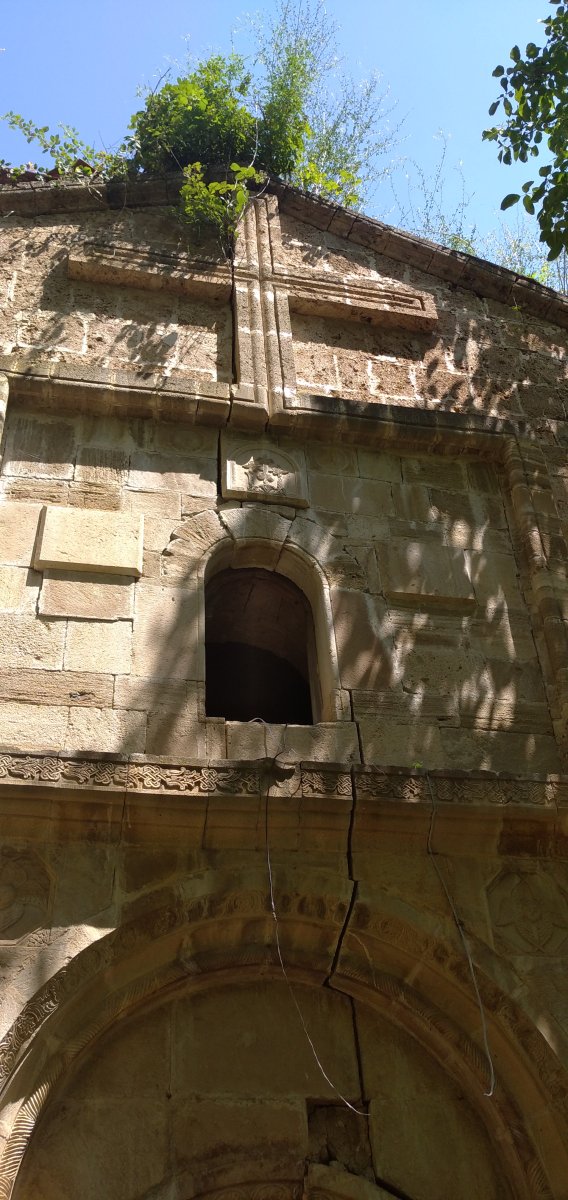Jalut village
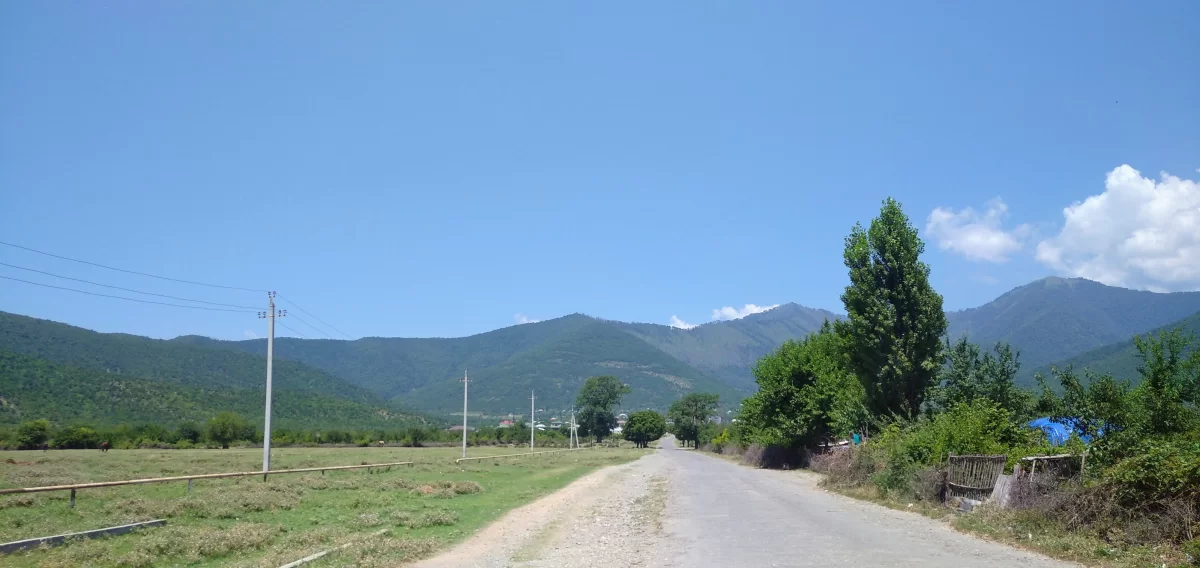
- 28-12-2024, 22:54
- Villages
- Elnur Nəciyev
Jalut is the administrative center of the identically named territorial unit in the Oghuz District of the Republic of Azerbaijan. It is located 6 km west of the district center, on the right side of the Oghuz–Shaki highway, at the foothills of the Greater Caucasus. Jalut village was one of the oldest settlements of the state of Caucasian Albania (4th century BC – 7th century AD). At present, the area hosts archaeological and architectural monuments dating to ancient and medieval periods. These include remains of an Albanian church, an Albanian temple, an ancient settlement, and an Albanian necropolis. All of them have been included in the list of monuments of national and local importance by a special decision of the Cabinet of Ministers of the Republic of Azerbaijan.
The name Jalut is associated with one of the Albanian tribes, the Chol or Chul tribe. The Chul tribe lived in the northeastern part of Caucasian Albania (modern-day Republic of Azerbaijan). In the first centuries AD, a city located south of Derbent was known by the names Chol-Chul-Chala. The ethnonym "Chul" has been preserved in the names of current villages in Azerbaijan such as Chullu (in Aghdam and Jabrayil), Chorbine (in Balakan), and Challı (in Zardab), among others.
Jalut in Oghuz (formerly also referred to as Jalud, Chalud, Chalut) is one of these villages. Here, the form "chul" has shifted to "chal" (chul–chal–jal). The word "jal" (chal) means "great, chief," while "ud" (ut–it–üt) is a suffix indicating plurality. Therefore, the toponym "Jalut" (Jalud, Chalud, Chalut) carries the meaning of "those who stand above, the great ones, leaders, elders." The variant "Jaluq" has also been recorded.
In Azerbaijani, jal/cil also refers to "a wet place," "a grassy marsh," or "the point where tributaries of a river meet." Hence, the toponym provides information about the landscape of the geographical site. In the village of Jalut in the Oghuz District lies the Jalut Albanian Monastery, which dates back to the 5th–6th centuries. The complex includes a large richly decorated church, a small ancient basilica, and the ruins of auxiliary buildings.
